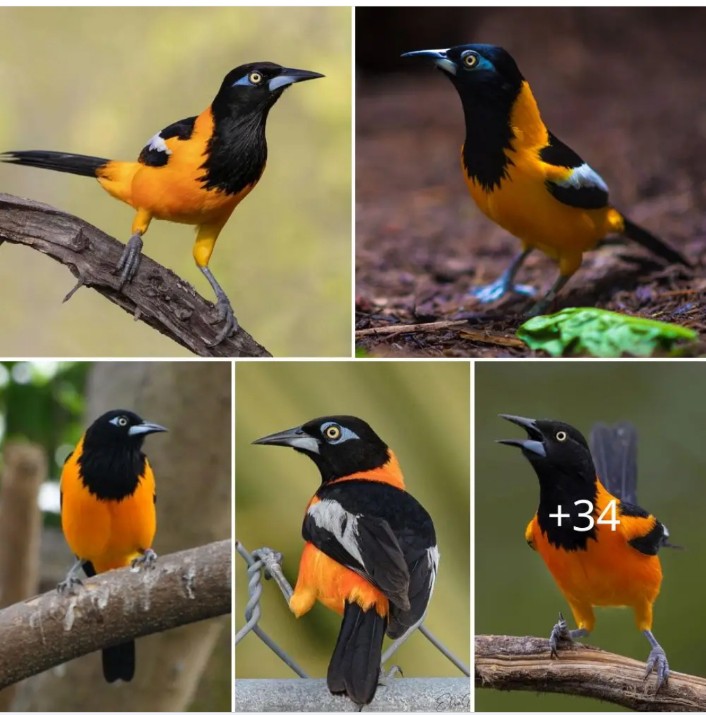Introduction
In the heart of South America lies a land of unparalleled biodiversity, Venezuela. Among the many treasures that adorn this enchanting country, one avian gem stands out: the Venezuelan Troupial (Icterus icterus). With its resplendent plumage and melodious song, this bird has earned its place as a symbol of the country’s natural splendor. In this article, we delve into the captivating world of the Venezuelan Troupial, exploring its physical attributes, behavior, cultural significance, and conservation efforts.
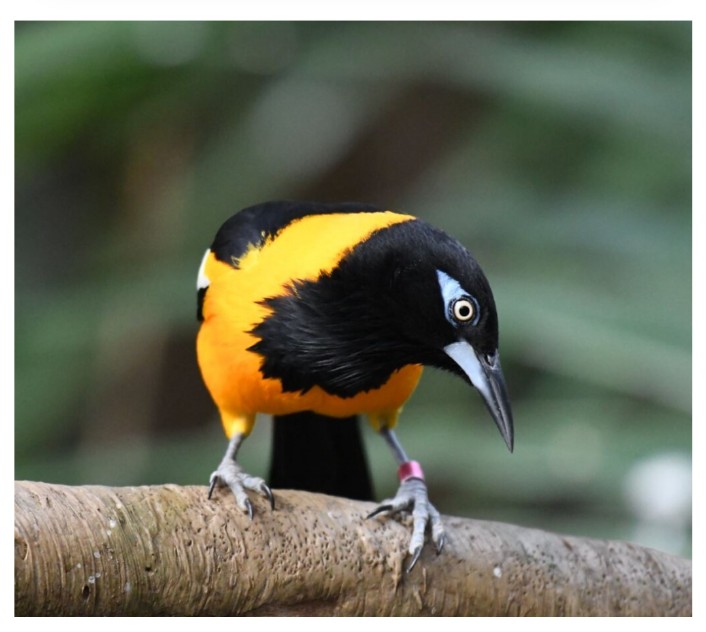
Physical Splendor
The Venezuelan Troupial is a vision of vibrant elegance. With its striking contrast of vivid orange plumage and jet-black wings, it’s no wonder this bird has captured the hearts of birdwatchers and nature enthusiasts alike. The male sports a rich, sunset-like orange hue that spans its entire body, while its wings and tail feathers boast a glossy black, creating a stark yet harmonious contrast. The female, though less flamboyant, exhibits a subtler palette of yellow and black, offering a refined counterpart to her male counterpart. This sexual dimorphism is a common trait in many bird species, where the males often display more extravagant colors to attract mates.
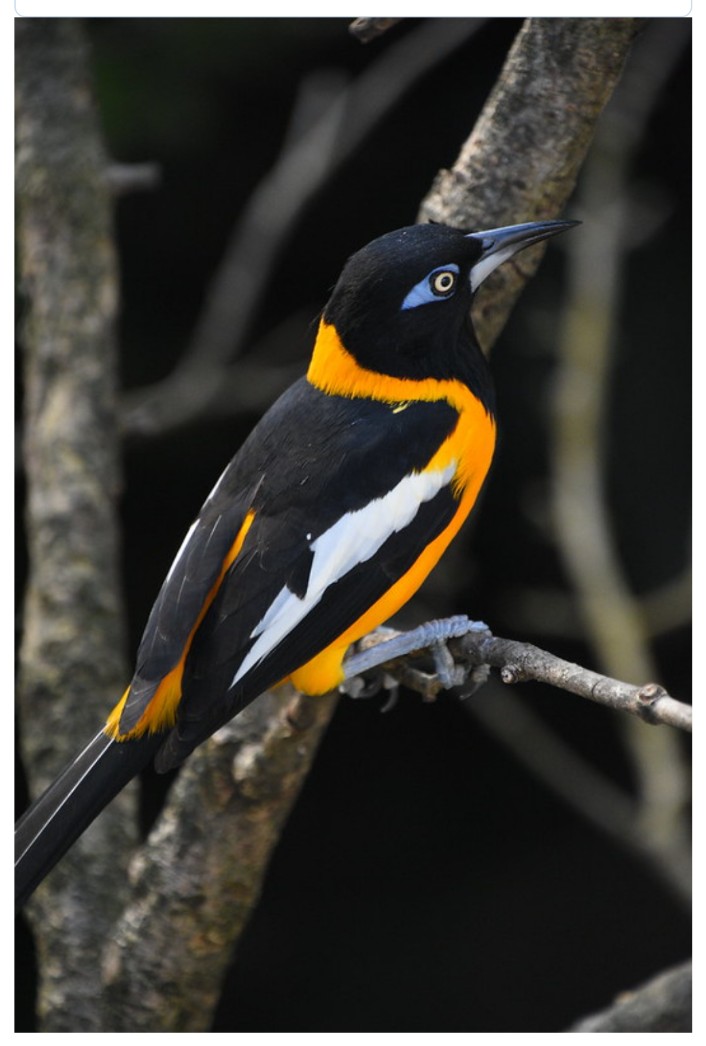
Behavioral Patterns
Beyond its physical allure, the Venezuelan Troupial is a bird of engaging behavior. Agile and adept in the air, it is often observed flitting from branch to branch, displaying remarkable dexterity. Its song, a medley of melodious whistles and chirps, is a symphony that graces the Venezuelan landscape. This song is not only a testament to the bird’s musical prowess but also serves as a means of communication, helping to establish territory and attract potential mates.
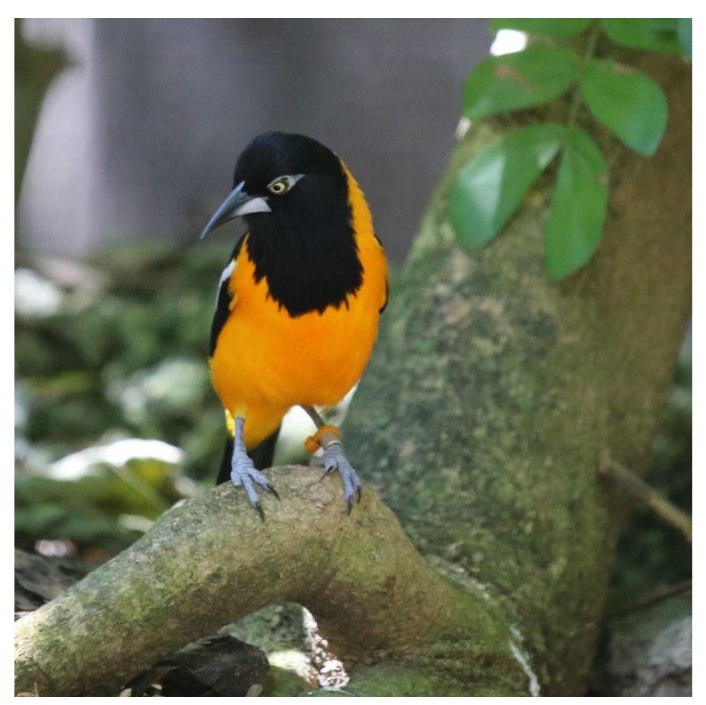
Cultural Significance
The Venezuelan Troupial has etched itself into the cultural fabric of Venezuela. It holds the distinguished honor of being the country’s national bird, a title it shares with the Turpial (Icterus icterus auricapillus), a subspecies found in Colombia. This distinction is a testament to the bird’s deep-rooted connection with the Venezuelan people, who celebrate its beauty and graceful presence. The Troupial’s image can be found in various forms of art, literature, and folklore, often representing freedom, vitality, and the untamed spirit of the Venezuelan wilderness.
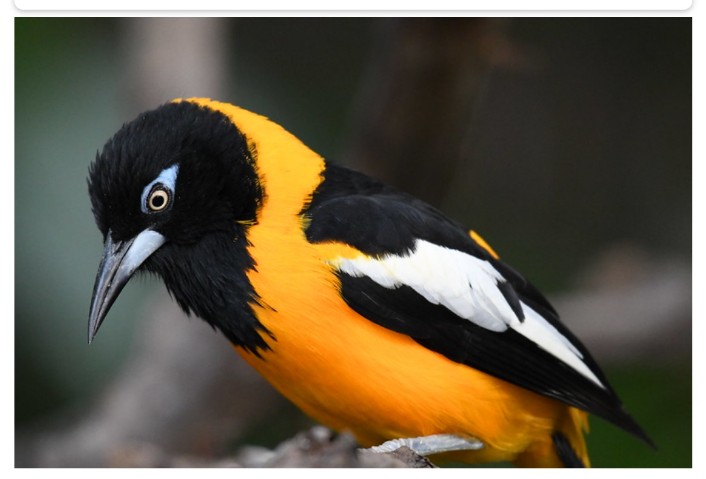
Conservation Efforts
Despite its revered status, the Venezuelan Troupial faces threats to its existence. Habitat loss due to deforestation and urbanization, along with climate change-induced alterations in its environment, pose significant challenges to the bird’s survival. Additionally, illegal pet trade and hunting further jeopardize its populations. Conservation organizations and governmental bodies are working tirelessly to safeguard this emblematic species. Efforts include habitat restoration projects, educational campaigns, and legal protections.
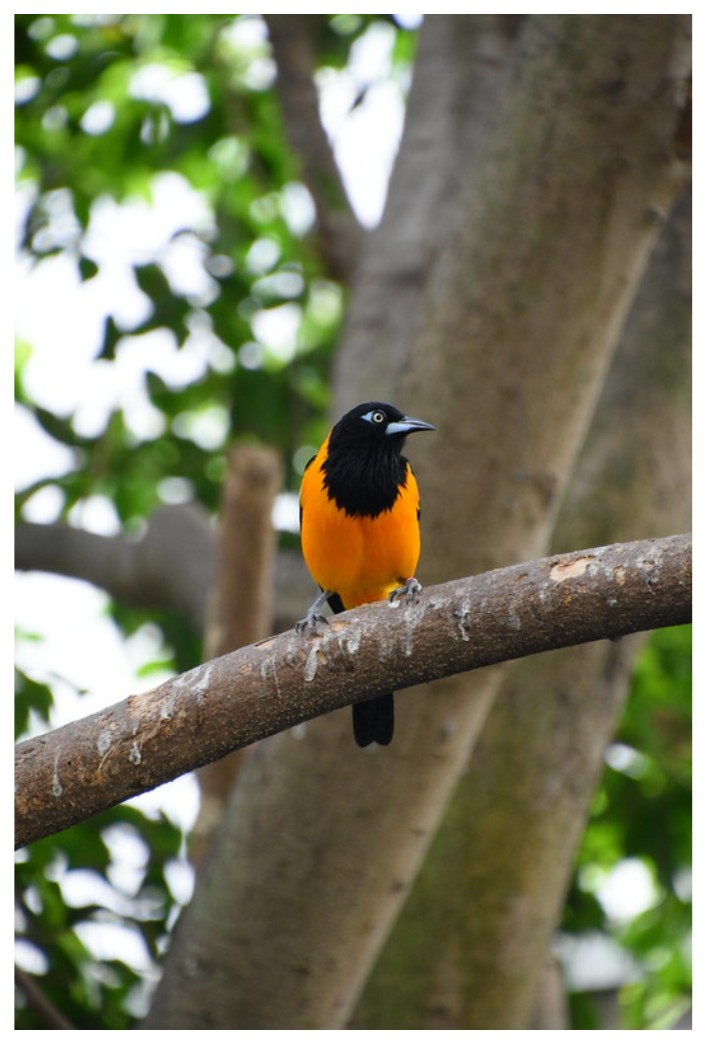
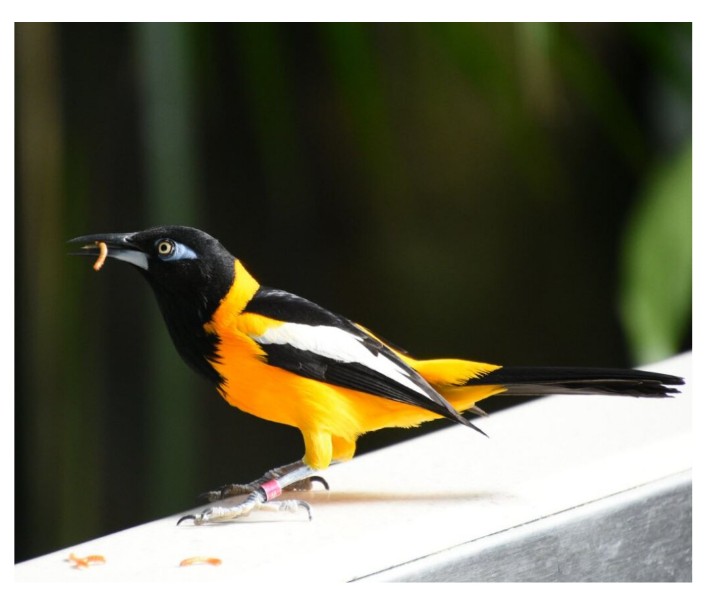
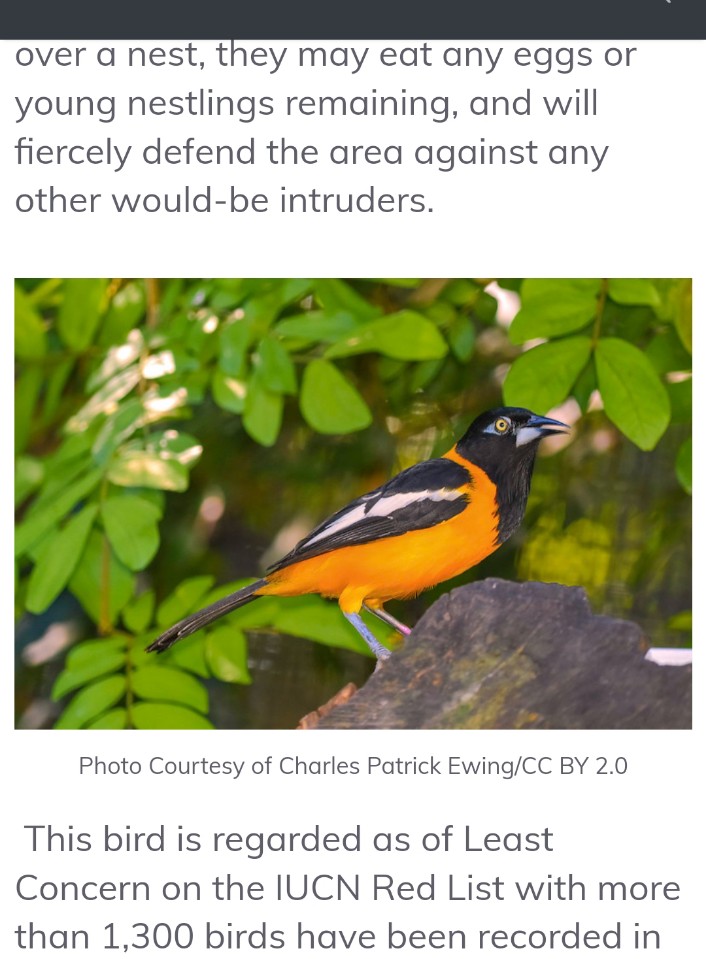
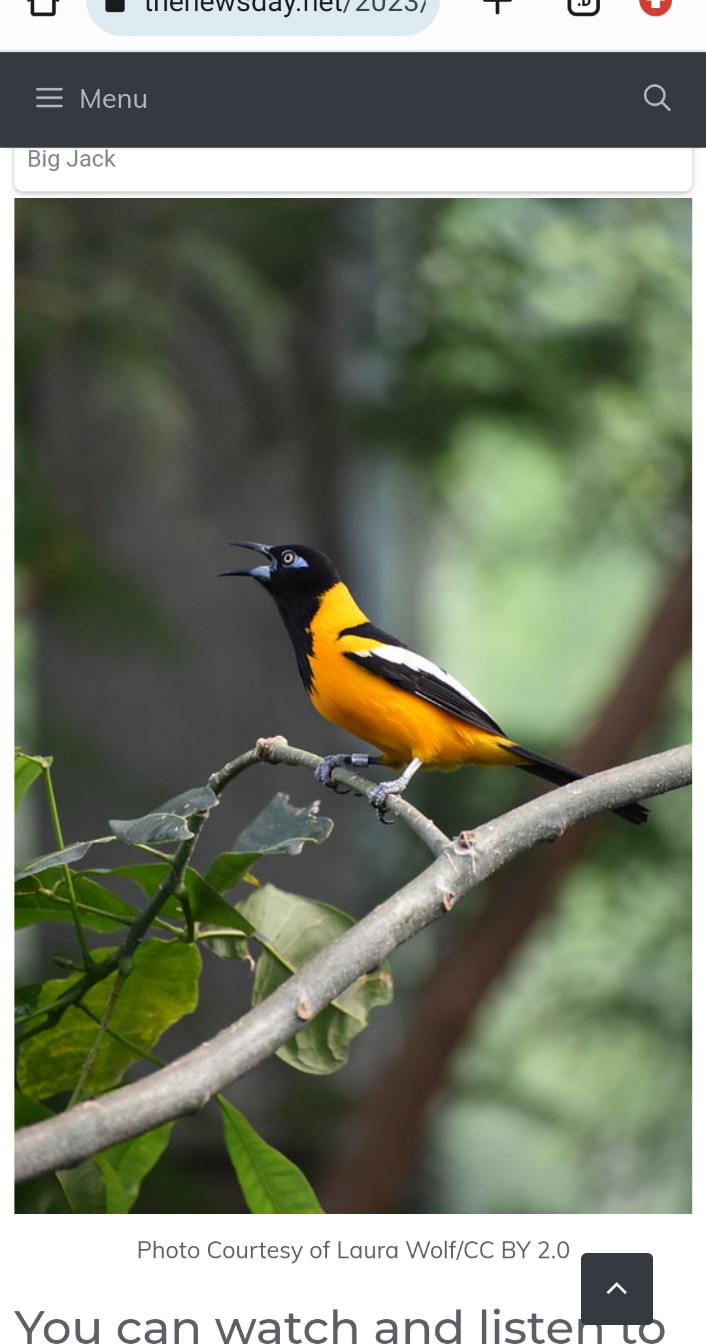
Conclusion
The Venezuelan Troupial stands as a living testament to the natural wonders of Venezuela. Its vibrant plumage, enchanting song, and cultural significance make it a cherished symbol of the country’s rich biodiversity. As this avian jewel faces the challenges of a changing world, it calls upon us to appreciate, respect, and protect the delicate balance of nature. By joining forces in conservation endeavors, we ensure that future generations can continue to marvel at the vibrant elegance of the Venezuelan Troupial.
